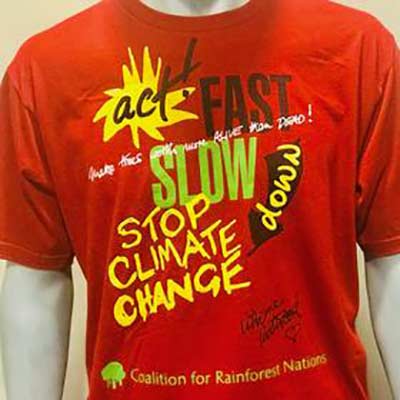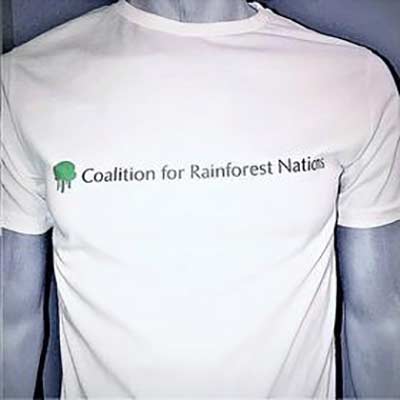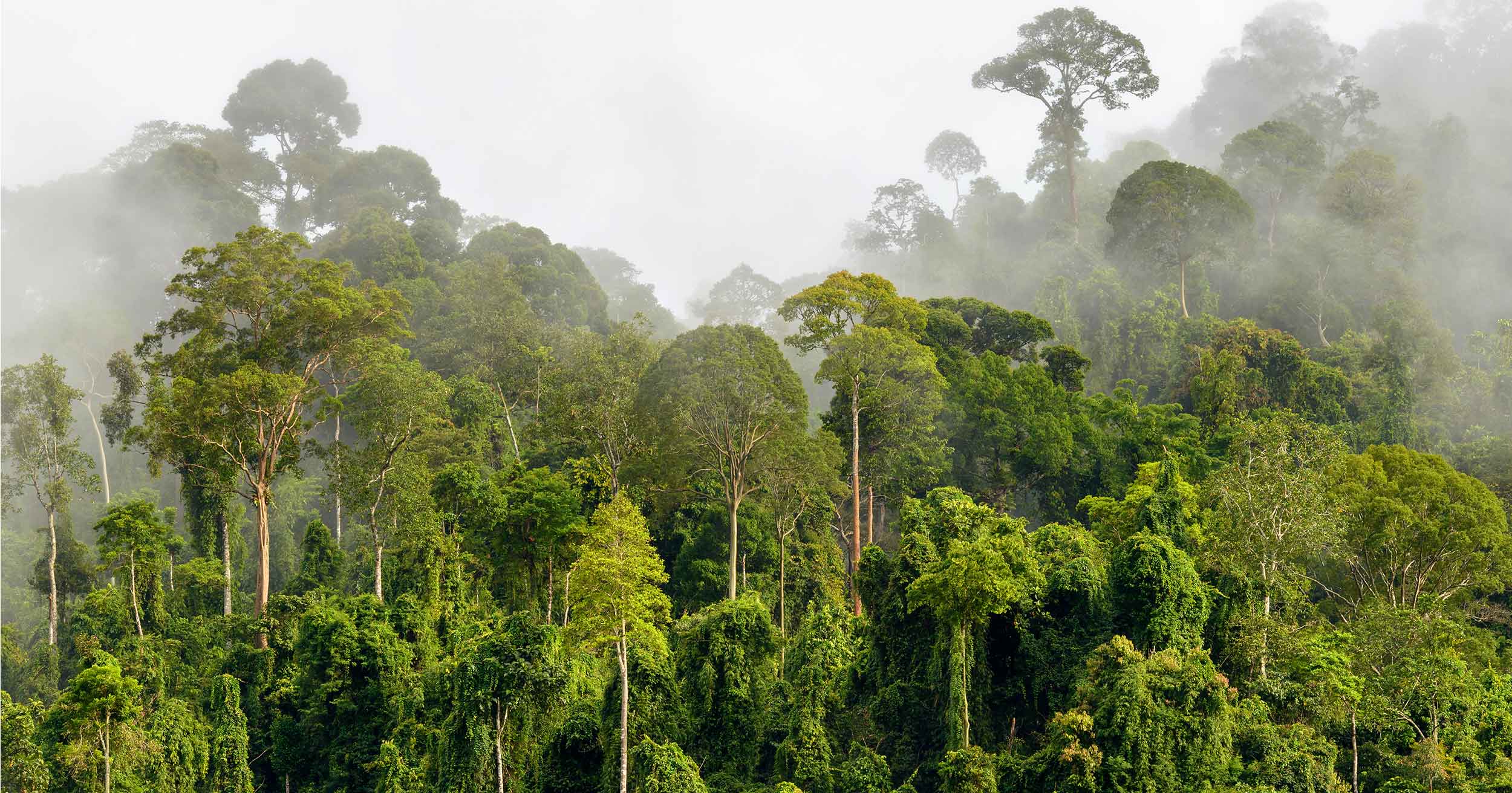
Finance News: COP26 Outcomes – The Paris Agreement ‘rulebook’ on international carbon credits
COP26 is over and there is disagreement about its successes and failures, with much of the debate around the so-called Article 6 “rulebook”. Article 6 deals with how countries can “pursue voluntary cooperation in the implementation of their nationally determined contributions to allow for higher ambition in their mitigation and adaption actions…“ Thus, it’s rulebook will govern the international transfer of emissions reductions (carbon credits) and the creation of a new carbon crediting mechanism under the Paris Agreement. The precedents set under Article 6 should be a guide for the global carbon markets, both compliance and voluntary. Unfortunately, there was more bad than good in the decisions around Article 6, but buyers of carbon credits can overcome this by holding themselves to higher standards.
- The Good - COP26 mandated corresponding adjustments for the international transfer of emissions reductions coming from the Paris Agreement’s carbon crediting mechanism. Some are calling this the sustainable development mechanism, but it hasn’t been formally named.
- The Bad – Negotiators made three bad decisions. First, they failed to formally acknowledge in Article 6 the REDD+ Mechanism that was created in Article 5. Second, carbon credits created under the Kyoto Protocol’s Clean Development Mechanism (CDM) can be carried over into the Paris Agreement’s sustainable development mechanism. Finally, in a nice sleight of hand, the adaptation financing for developing countries will be paid for by developing countries.
- The Ugly – All of these shortfalls result from the lack of voice and respect given to lower income countries and small island states during the negotiations. These countries have not created this crisis and are already experiencing the worst outcomes but were given little or no respect.
COP26 sent a clear message on the double counting of internationally transferred carbon credits by requiring corresponding adjustments for the international transfer of emission reductions, when the activity (project or program) that generated them has been recognized by the country. Simply put, the host country must add the emissions reductions transferred abroad back into its NDC. This adjustment helps ensure that there is no double counting of emissions reductions. While this requirement only pertains to transfers of carbon credits from the new mechanism created under Article 6.4, best practice for purchasers of carbon credits should be to insist on a corresponding adjustment if their purchase is intended to offset their own GHG emissions. This should create a two-tiered market, credits with and without a corresponding adjustment. It is mind numbing that COP26 devoted a half-a-day to the critical issue of preserving and restoring tropical rainforests, but failed to acknowledge in its decisions on Article 6 the critical role the UNFCCC REDD+ Mechanism can play in mobilizing finance to address deforestation. The beginning and end of COP26 were like parallel universes.
The public and private sector committed $19.2 billion over multiple years to address deforestation. They must realize that this amount doesn’t come close to meeting the funding needed to make rainforests worth more alive than dead. If properly supported, the REDD+ Mechanism can help fill this gap. The measurement, reporting and verification requirements for the REDD+ Mechanism were spelled out by 21 decisions at COP meetings and it was then enshrined into Article 5 of the Paris Agreement. The UNFCCC REDD+ Mechanism is designed to preserve and restore rainforests across an entire country and should not be confused with individual projects labelled REDD that are issued from the VERRA standard. As a national program, it can provide the scale needed and addresses and the issue of leakage of deforestation out of a project’s area to other locations within a country. Additionally, the mechanism employs actual historical emissions to calculate the baseline against which emission reductions are measured. This is opposed to REDD projects that the use counter-factual estimates that in many cases show ever increasing emissions. Preventing possible emissions based upon a counter-factual baseline won’t end deforestation and makes a sham of them being used as carbon offsets.
It was agreed upon that 5% of carbon credits issued under the new Article 6.4 mechanism will be put into an Adaptation Fund. This so-called “Share of Proceeds” effectively makes developing countries self-finance their adaptation and is another sign of how developed countries continue to fail in their promises of providing aid to those countries most impacted by the changing climate. Developing countries will effectively be sharing what is already theirs.
Allowing for the potential transfer of legacy carbon credits from the Clean Development Mechanism from vintages as early as 2013 was a clear mistake. CDM was created under the Kyoto Protocol, which is superseded by the Paris Agreement. The environmental integrity of these credits is questionable at best and many deem them to have created little or no impact on emissions. Additionally, some estimates believe as many as 300 million credits could be transferred. While there has been much talk about the growth in final demand for carbon credits, the retirements are likely to remain under 150 million in 2021. Finally, it makes little sense for entities to use carbon credits coming from emissions reductions that supposedly occurred eight years ago to offset today’s emissions. With that approach, we can never get to a net-zero world. A reasonable outcome would be to allow vintages 3 to 4 years old, with that shrinking as measurement, reporting and verification methods improve. Many of the shortcomings at COP26 resulted from the failure to hear the collective voice of lower income economies and small island countries. These countries did not cause the problem and are already experiencing the worst impacts of climate change. The power of the larger, and in many cases, wealthier “developing” countries such as China, Brazil, and India, which are the largest issuers of CDM credits, drowned out the voices of the African Congo, Caribbean, and Pacific Island states. This was clearly the case with non-acknowledgement of REDD+, limited additional adaptation finance and agreement to transfer CDM into the Paris Agreement mechanism.
What should buyers of carbon credits do post COP26? Amplify the good decisions and don’t use the bad outcomes as an excuse to purchase low quality carbon credits. Thus:
- Only purchase carbon credits from independent standards that require a corresponding adjustment.
- Help fulfil vision of COP26 of ending deforestation by 2030 but focus on carbon credits that are fully compliant with all elements of the Paris Agreement.
- Refuse to purchase any CDM credits transferred into the Paris era carbon markets.
Following these rules can ensure that they are having a real and measurable impact on the battle for 1.50
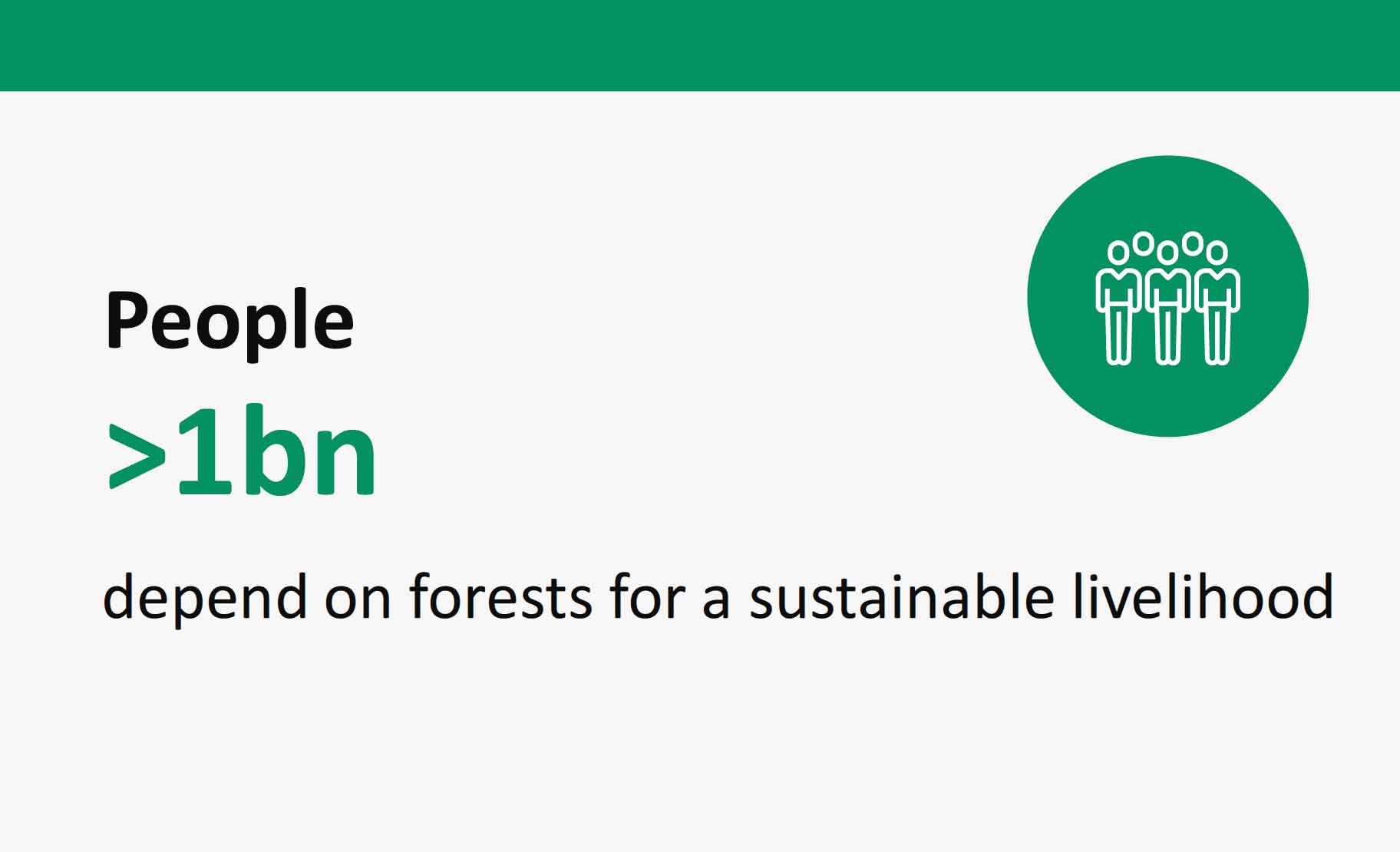
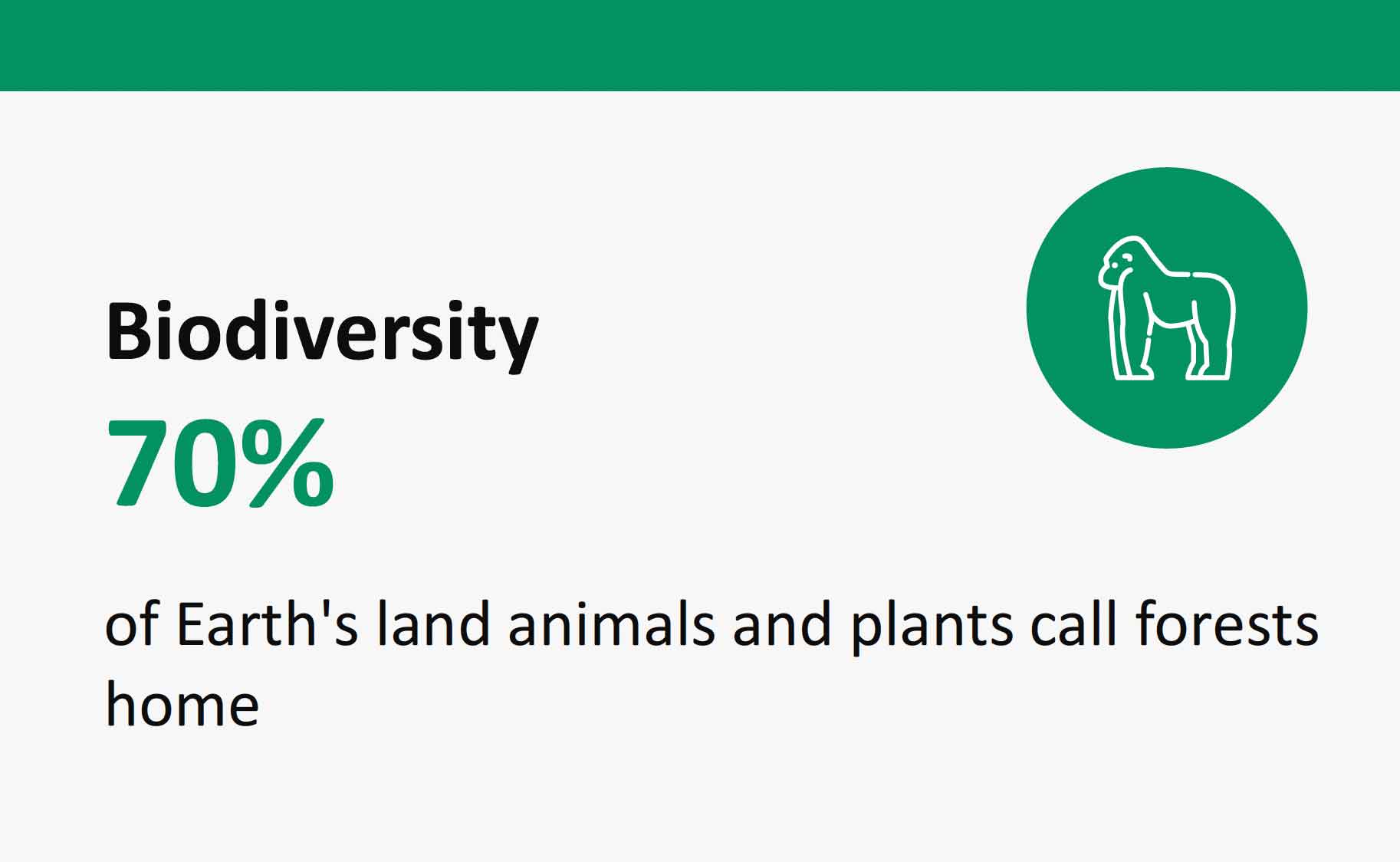
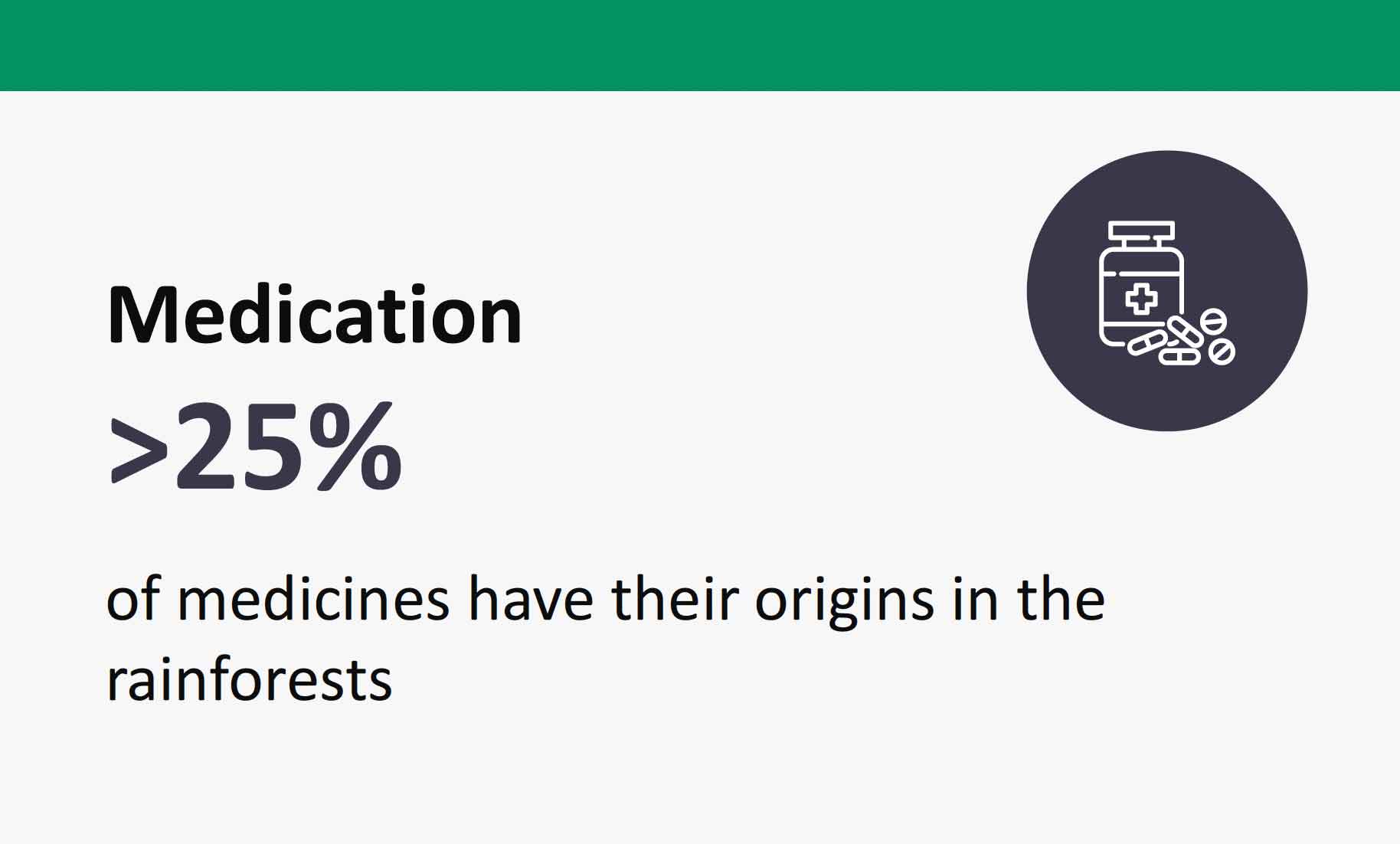
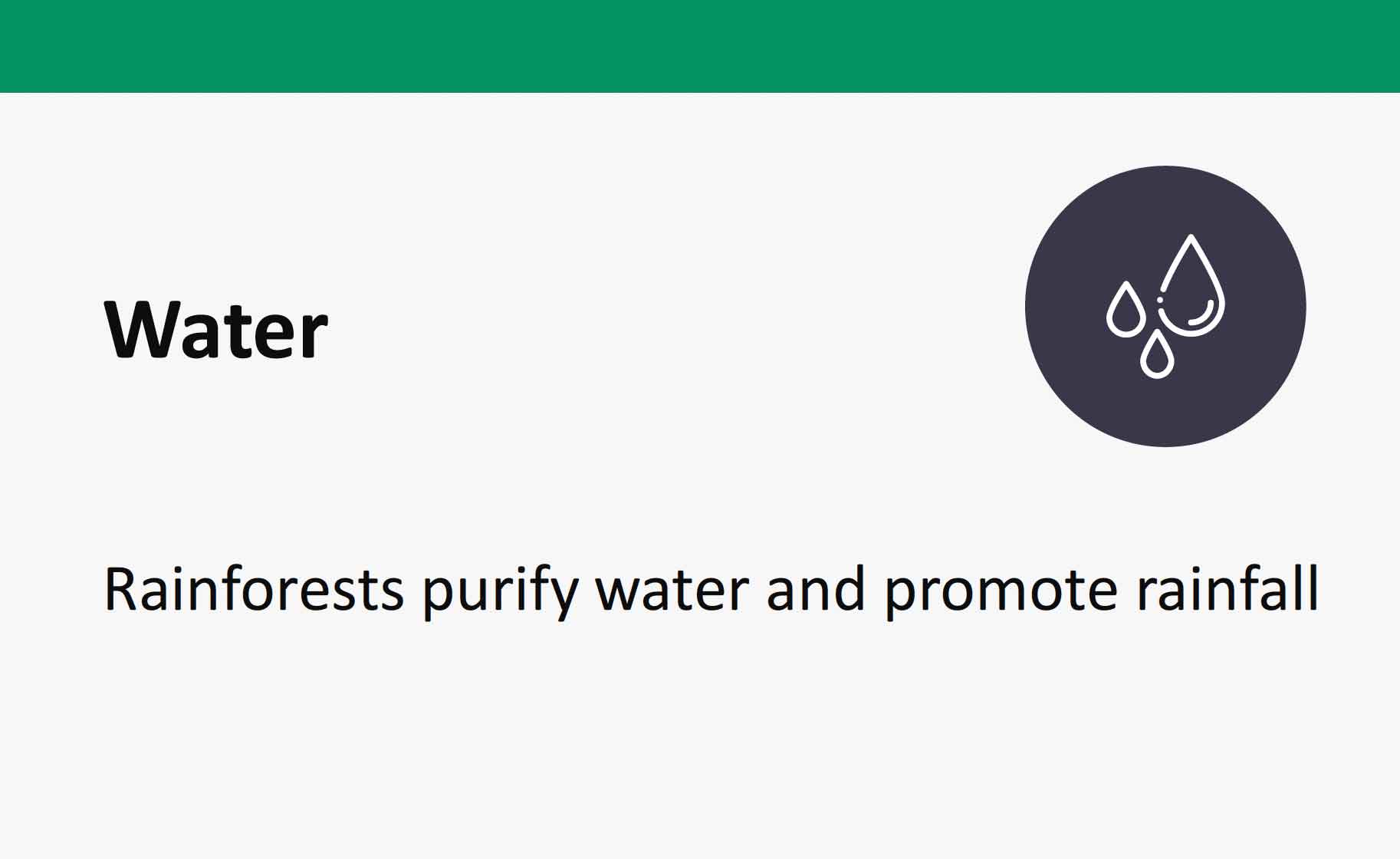
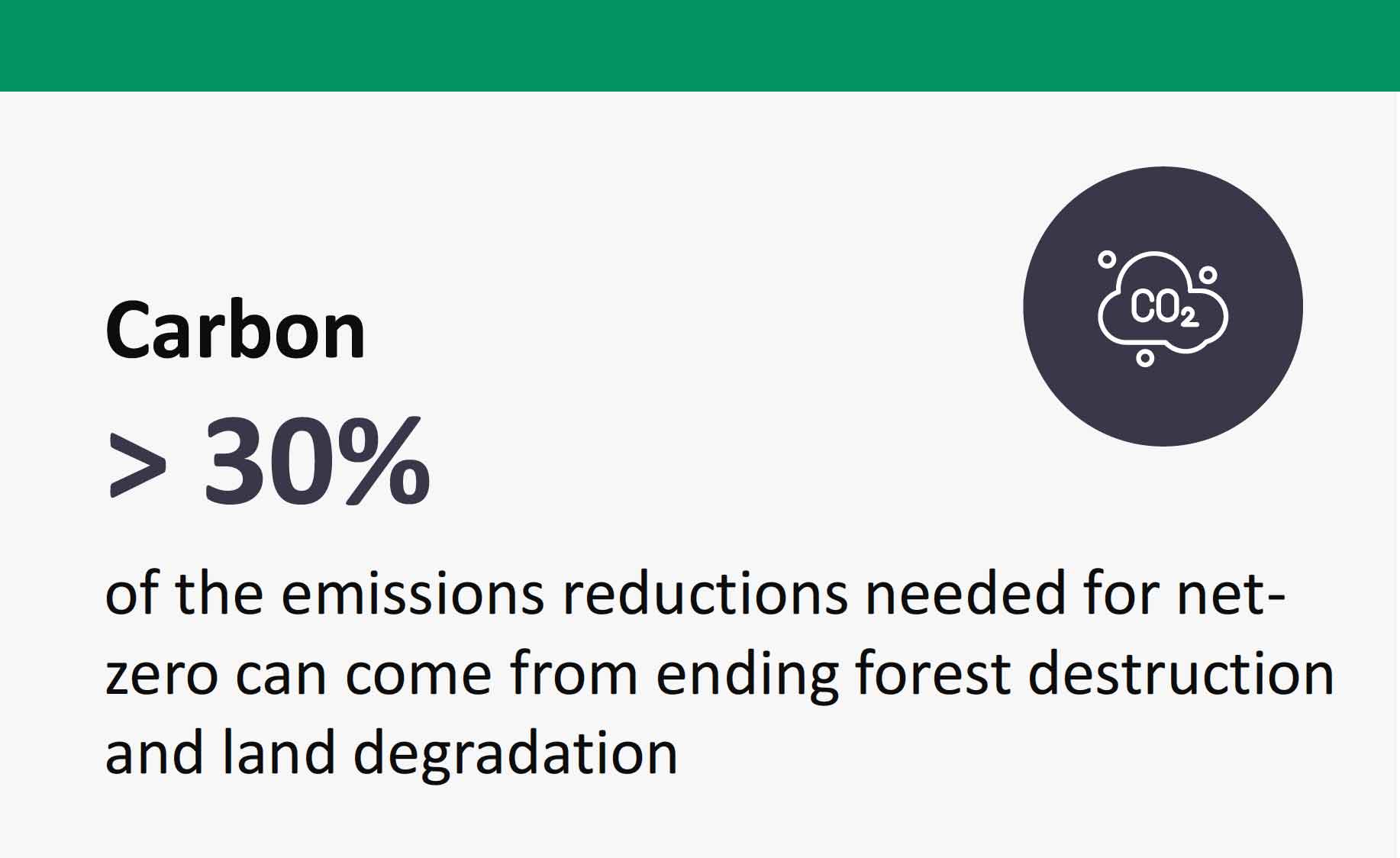
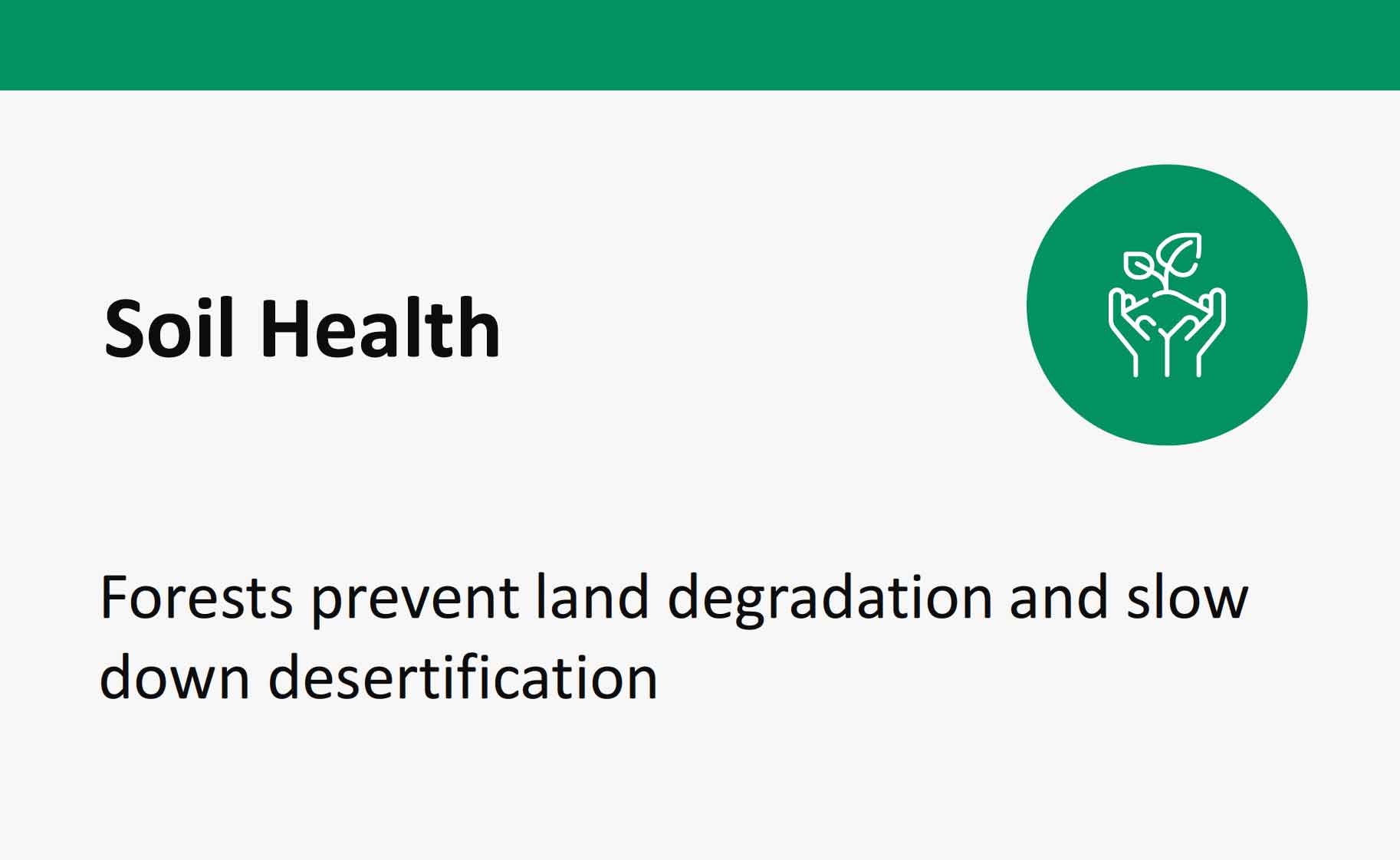
Source: IPCC, WWF and Coalition of Rainforest Nations

